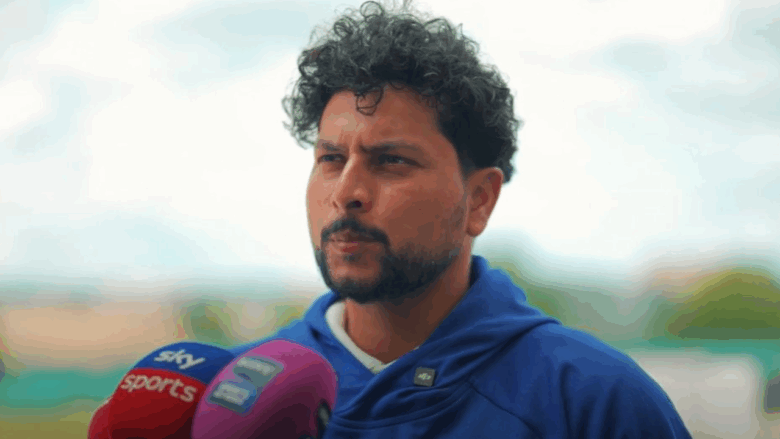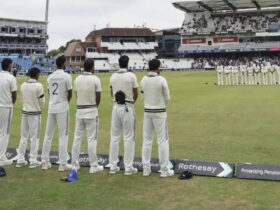Introduction: As the Indian cricket team embarks on a pivotal tour of England, a light-hearted yet symbolic change has captured attention. During a candid press conference on Sunday, Indian leg-spinner Kuldeep Yadav revealed he has taken over the team bus seat previously occupied by former Test captain Rohit Sharma. This shift, while seemingly trivial, reflects deeper transitions within the squad following Rohit’s retirement from Test cricket ahead of the new World Test Championship cycle.
Core Details: With Shubman Gill stepping into the captaincy role, the Indian team is navigating a significant leadership change. Kuldeep, in his press conference, clarified the reasoning behind his choice of seat, emphasizing it was not about replacing Rohit but about spending quality time with veteran all-rounder Ravindra Jadeja. ‘Uspe main baithta hu (I sit there),’ Kuldeep chuckled, adding, ‘I can never take Rohit bhai’s place. It’s just that I am spending more time with Jaddu bhai. It’s crucial for me as a spinner, especially with R Ashwin not being here. I’ve learned so much from both of them since I started my career. I feel lucky to have Jadeja as my spin partner.’
The camaraderie between Kuldeep and Jadeja is vital, especially in challenging English conditions where spin bowling strategies will be key. Jadeja brings a wealth of experience with 12 Test matches in England, amassing notable contributions with both bat and ball. In contrast, Kuldeep’s exposure is minimal, having bowled just 9 overs in his solitary Test appearance there during the 2018 tour. Their partnership could prove instrumental as India aims to adapt to swinging conditions and overcast skies at venues like Lord’s and Edgbaston.
Team Transition and Challenges: The departure of stalwarts like Virat Kohli and Rohit Sharma has left a void in experience, particularly in overseas conditions where countering swing bowling remains a perennial challenge. Kuldeep acknowledged this gap, stating, ‘When seniors go away, their absence is felt. Virat bhai and Rohit bhai have done so much for Indian cricket with countless match-winning performances. They will be missed, but it’s also a golden opportunity for youngsters to step up.’ Under Gill’s leadership, the focus is on grooming the next generation. Gill himself faces the dual challenge of improving his overseas batting average of under 30 (as of his last Test series) while steering the team through this critical phase.
Preparation has been intense, with batsmen putting in extra hours in the nets to tackle England’s seam-friendly pitches. Reports from the camp suggest a renewed emphasis on technique against lateral movement, with players like Yashasvi Jaiswal and Shreyas Iyer working closely with coaches to refine their approach. Kuldeep noted, ‘The batsmen are working very hard in practice sessions. Everyone is excited for the challenge ahead, and the energy in the camp is positive despite the absence of our senior players.’
Conclusion: As India braces for a defining series in England, starting with the first Test on July 12, 2025, at Lord’s, the focus is on blending youth with experience. Kuldeep Yadav’s symbolic seat switch on the team bus might be a small anecdote, but it reflects the larger narrative of change and adaptation within Indian cricket. With Jadeja’s mentorship and Gill’s leadership, alongside the hunger of the younger brigade, India aims to build on past glories—such as their historic 2-1 series win in 2021 on English soil—while forging a new legacy. Will this transition mark the dawn of a new era, or will the ghosts of past overseas struggles linger? Only time, and the unpredictable English weather, will tell.





















